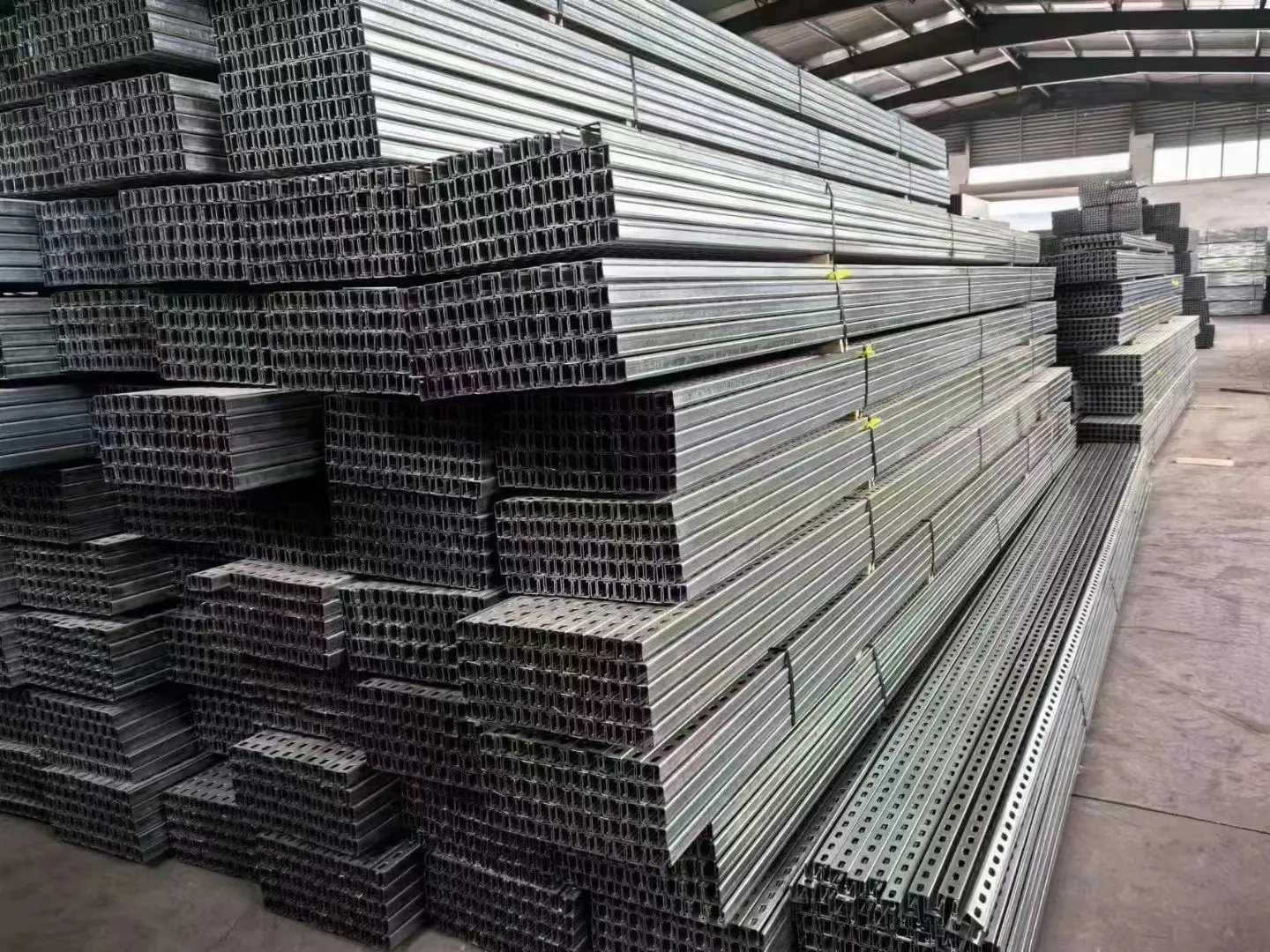

Choosing the Right Bolts for Steel Beam Construction and Design
Oct . 21, 2024 19:28 Back to list
Choosing the Right Bolts for Steel Beam Construction and Design
Bolts for Steel Beams An Essential Guide
When constructing steel structures, the integrity and stability of the assembly heavily depend on the bolts used to connect steel beams. The type, size, material, and installation of bolts play a critical role in ensuring that the beams work effectively together to bear loads safely and efficiently. In this article, we will explore the various aspects of bolts for steel beams, including their types, specifications, and best practices in installation.
Types of Bolts
There are several types of bolts specifically designed for use with steel beams, each serving different applications and load requirements. The most common types include
1. Hex Head Bolts These are the standard bolts that are often used in construction, featuring a hexagonal head which allows for easy gripping with a wrench. They are available in various grades, ensuring compatibility with specific load requirements.
2. Structural Bolts These bolts are used in structural connections where high strength is necessary. Structural bolts come in different grades, with ASTM A325 and A490 being two of the most common specifications.
3. High-Strength Bolts These bolts are designed to withstand high loads and are often used in critical connections of steel structures. They require proper tensioning during installation to achieve the desired strength.
Specifications and Standards
bolts for steel beams

When selecting bolts for steel beams, adhering to the appropriate specifications and standards is imperative. The American Institute of Steel Construction (AISC) provides guidelines and requirements for bolt specifications in their Manual of Steel Construction. Additionally, the ASTM (American Society for Testing and Materials) outlines various grades of bolts suitable for steel construction. Selecting the correct specifications ensures that the bolts will perform effectively under the expected loads and conditions.
Installation Best Practices
Proper installation of bolts is crucial to maintaining the structural integrity of steel beams. Here are some best practices
1. Pre-Drilling Drilling holes in the steel beams before bolt installation ensures precise alignment and minimizes the risk of structural weaknesses.
2. Correct Torque Values Utilizing a torque wrench to achieve the specified torque values for each bolt is essential. Inadequate torque can lead to joint slippage, while overtightening can cause bolt failure.
3. Use of Washers Implementing washers can help distribute the load and prevent damage to the surface of the steel beams during tightening. It also assists in maintaining tension in the bolts over time.
4. Inspection Regular inspections of bolted connections can help identify any issues before they develop into serious problems. Look for signs of corrosion, wear, or loosening in the bolts.
Conclusion
Understanding the importance of bolts for steel beams is essential for anyone involved in construction or engineering. The correct selection of bolt type and specification, coupled with diligent installation practices, can significantly enhance the reliability and safety of a steel structure. As technology advances, resources and methods for securing structural integrity continue to improve, ensuring that steel framed buildings can withstand the test of time. Whether you are constructing a building, bridge, or industrial facility, paying meticulous attention to the bolts used in steel beams will lead to stronger and more resilient structures.
Latest news
-
Hot Dip Galvanized Bolts-Hebei Longze Metal Products|Corrosion Resistance&High Strength
NewsJul.31,2025
-
Hot Dip Galvanized Bolts-About LongZe|High Strength, Corrosion Resistance
NewsJul.30,2025
-
High-Strength Hot Dip Galvanized Bolts - Hebei Longze | Corrosion Resistance, Customization
NewsJul.30,2025
-
Hot Dip Galvanized Bolts-Hebei Longze|Corrosion Resistance&High Strength
NewsJul.30,2025
-
High-Strength Hot-Dip Galvanized Bolts-Hebei Longze|Corrosion Resistance&High Strength
NewsJul.30,2025
-
Hot Dip Galvanized Bolts-Hebei Longze|Corrosion Resistance&High Strength
NewsJul.30,2025

